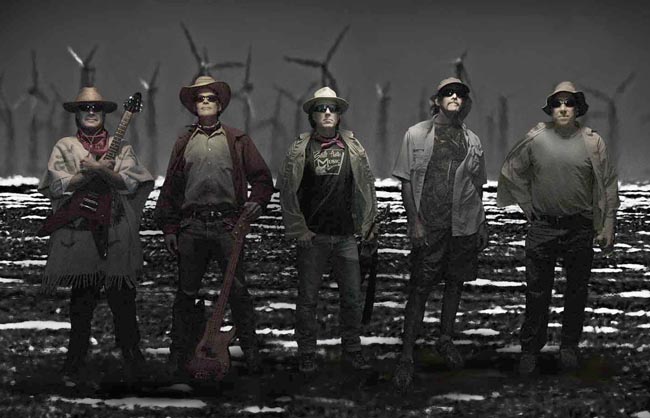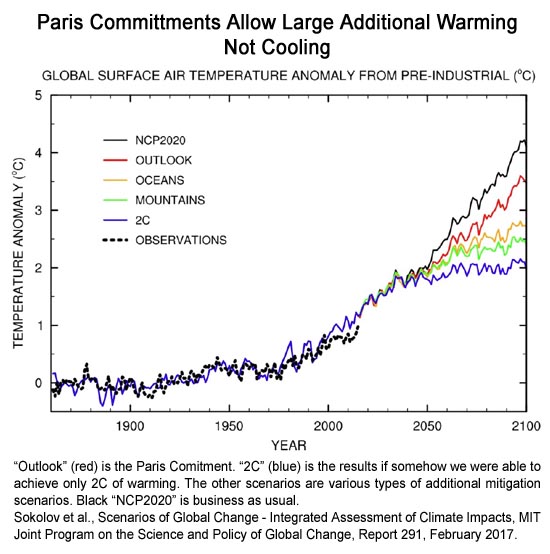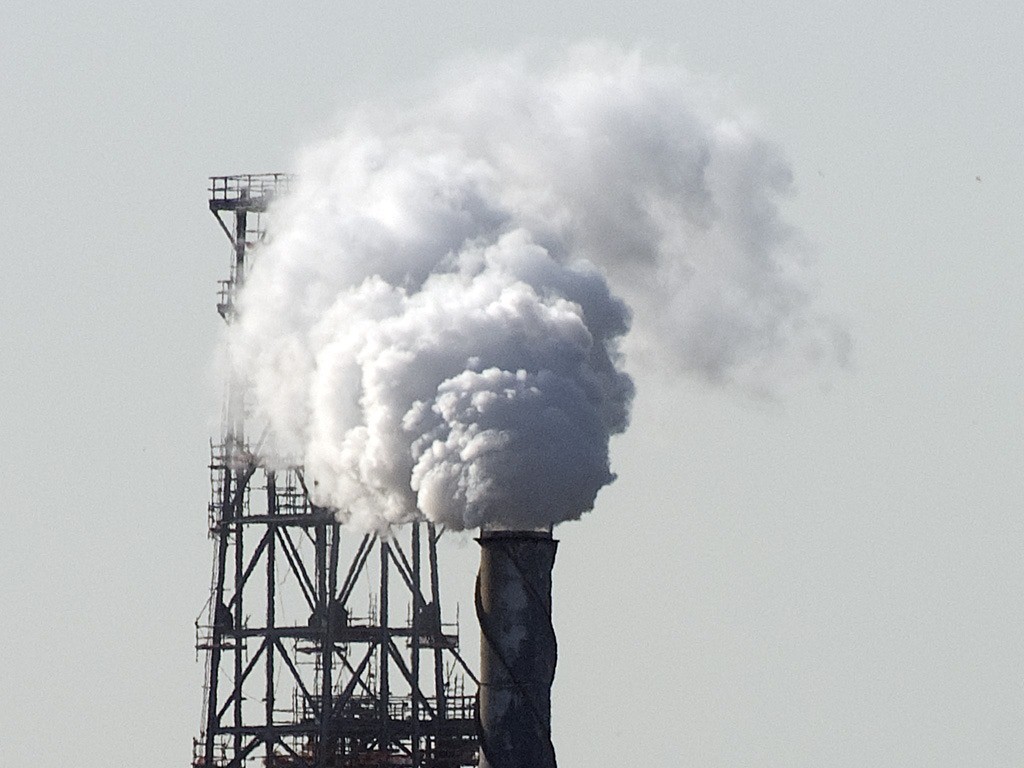
Emissions: We have the Technology From the American Association for the Advancement of Science, Nature Outlook An article review by Bruce Melton First published in the Austin Sierran in March 2018 Atmospheric carbon capture is not yet a mainstream topic in climate policy, but to meet even the goals of the Paris Agreement, it is something that…


















